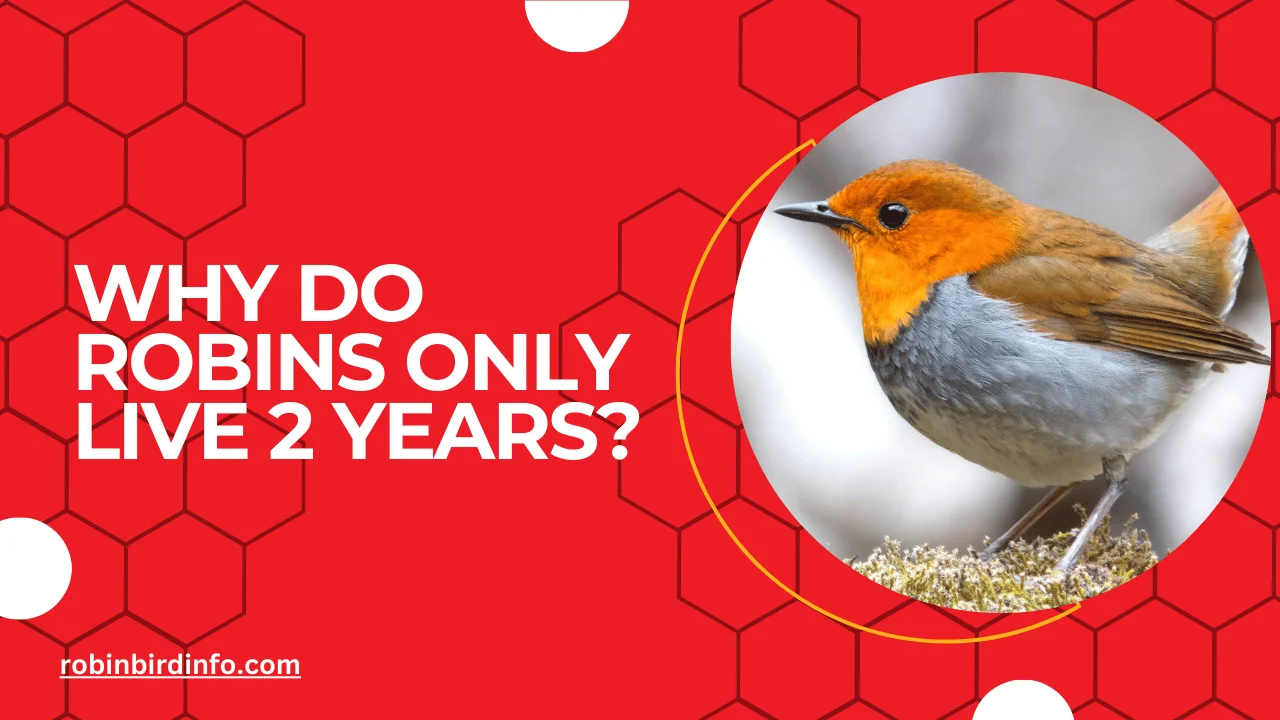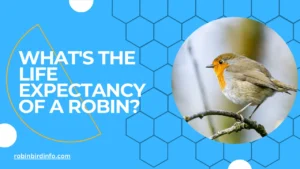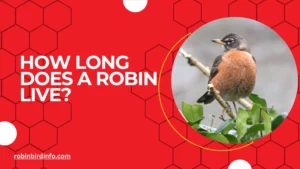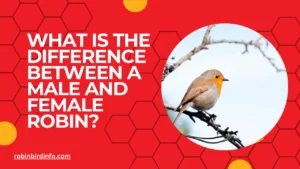We all know the cheerful melody of the Robin – a familiar sound that fills our backyards with a sense of spring’s arrival.
But have you ever stopped to wonder – how long do these feathered friends actually live? The answer, a mere 2 years on average, might come as a surprise. While they flit through our gardens with such vibrancy, their lifespan is surprisingly short.
This fleeting existence sparks a question: What challenges do Robins face that limit their time on Earth? Understanding these factors isn’t just about appreciating the Robin’s resilience; it sheds light on the broader threats faced by birds in our rapidly changing world.
By delving into the reasons behind their short lifespan, we can gain valuable insights into how to protect these beloved songbirds and ensure their continued presence in our ecosystems.
So, grab a cup of coffee and settle in for a fascinating exploration. We’ll uncover the hidden dangers lurking in a Robin’s world – from cunning predators to environmental threats. This journey will not only answer the question of why Robins only live for 2 years, but it will also highlight the importance of creating a healthy and safe environment for these cherished birds.
Contents
Section 1: Predation and Mortality Rates
Natural Predators: Robins face a variety of predators that pose a significant threat to their survival. Common predators include cats, hawks, snakes, and raccoons. These predators can prey on adult Robins, nestlings, and eggs, significantly impacting population numbers.
Mortality Rates: Studies have shown that Robin mortality rates can be quite high, especially during the breeding season. Predation, disease, and harsh weather conditions contribute to these high mortality rates, limiting the lifespan of many individuals.
Section 2: Disease and Parasites
Common Diseases: Robins are susceptible to various diseases, including avian malaria and salmonella. These diseases can weaken their immune systems, making them more vulnerable to other threats and reducing their lifespan.
Parasites: Parasites, such as mites and lice, can infest Robin nests and feed on the blood of adult birds and nestlings. Heavy infestations can weaken birds and increase their susceptibility to disease.
Section 3: Habitat Loss and Fragmentation
Impact on Food Availability: Habitat loss and fragmentation can reduce the availability of food sources for Robins, such as insects and berries. This can impact their overall health and ability to raise young.
Nest Site Competition: As suitable nesting sites become scarce due to habitat loss, competition among Robins for nesting territories can intensify. This can lead to increased stress, reduced breeding success, and shorter lifespans.
Section 4: Climate Change and Its Effects
Extreme Weather Events: Extreme weather events, such as heatwaves, droughts, and severe storms, can have a significant impact on Robin populations. These events can lead to food shortages, reduced breeding success, and increased mortality rates.
Shifts in Insect Populations: Climate change can also affect insect populations, which are a major food source for Robins. Changes in insect abundance and distribution can impact Robin foraging behavior and survival.
Section 5: Human Impact
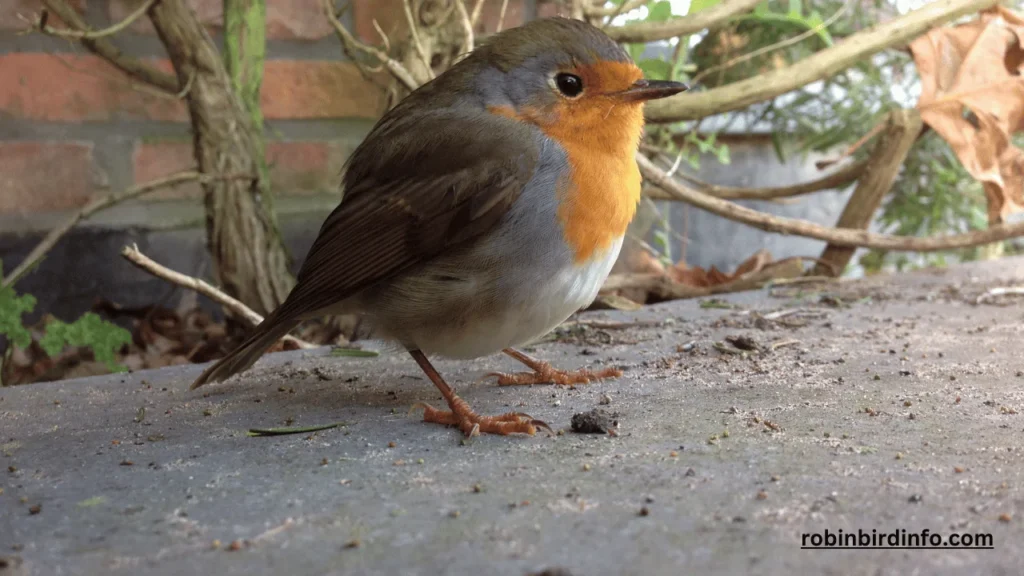
Pesticide Use: The widespread use of pesticides can harm Robin populations. Pesticides can directly poison birds or reduce the availability of insect prey.
Habitat Destruction: Human activities, such as deforestation, urbanization, and agriculture, can lead to habitat loss and fragmentation, which can negatively impact Robin populations.
Conclusion
The relatively short lifespan of Robins is influenced by a combination of factors, including predation, disease, habitat loss, climate change, and human impact.
By understanding these factors, we can appreciate the challenges faced by these beloved birds and take steps to protect them. By conserving habitats, reducing pesticide use, and promoting bird-friendly practices, we can help ensure the survival of Robin populations for generations to come.
FAQ’s
Why do Robins have such a short lifespan?
A combination of factors, including predation, disease, habitat loss, and climate change, contributes to the relatively short lifespan of Robins.
What is the average lifespan of a Robin?
The average lifespan of a Robin is around 2-3 years. However, some individuals may live longer, particularly if they can avoid predation and disease.
How do predators impact Robin lifespan?
Predators such as cats, hawks, and snakes pose a significant threat to Robins, especially during the nesting season. They can prey on adult birds, nestlings, and eggs.
What role do diseases play in Robin mortality?
Diseases like avian malaria and salmonella can weaken Robins and make them more susceptible to other threats.
How does habitat loss affect Robin lifespan?
Habitat loss can reduce the availability of food and nesting sites for Robins. This can lead to increased competition, stress, and reduced reproductive success.
How does climate change impact Robin populations?
Climate change can alter weather patterns, leading to more extreme weather events that can harm Robins. It can also affect the availability of food and nesting sites.

